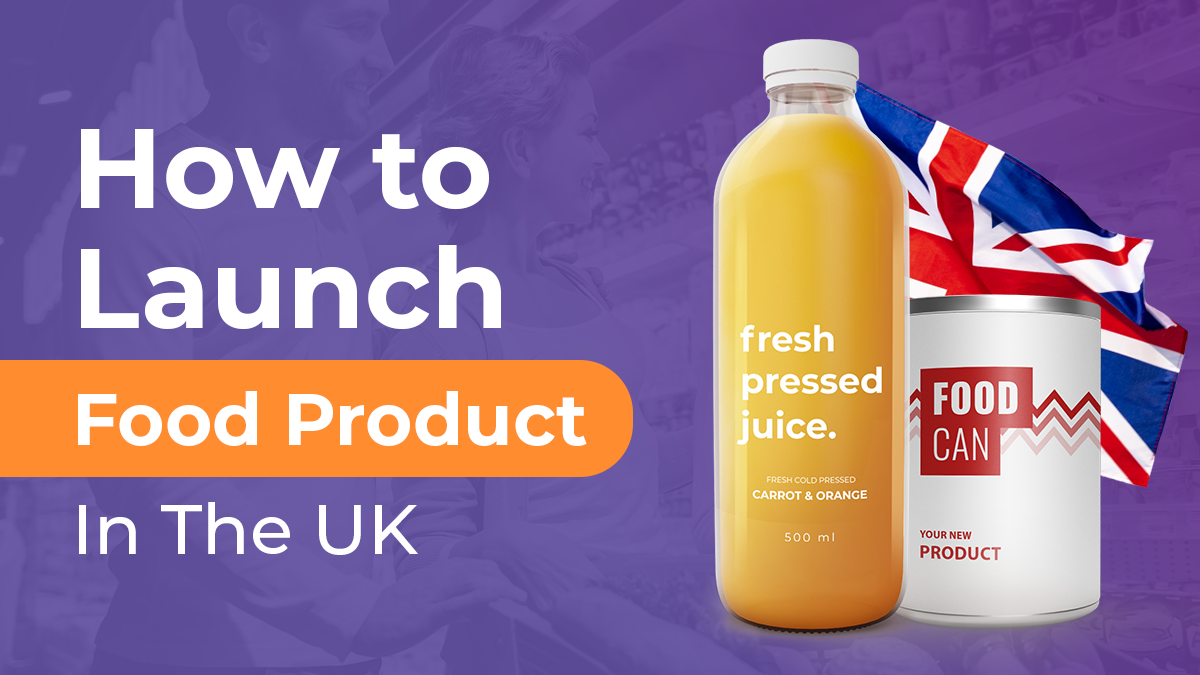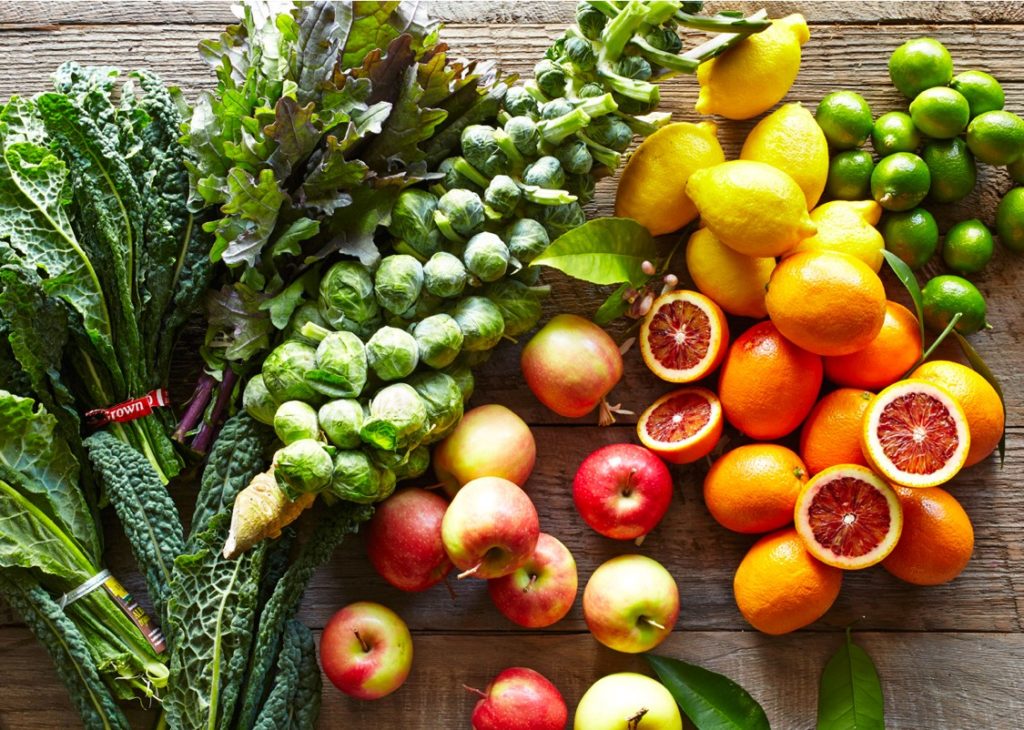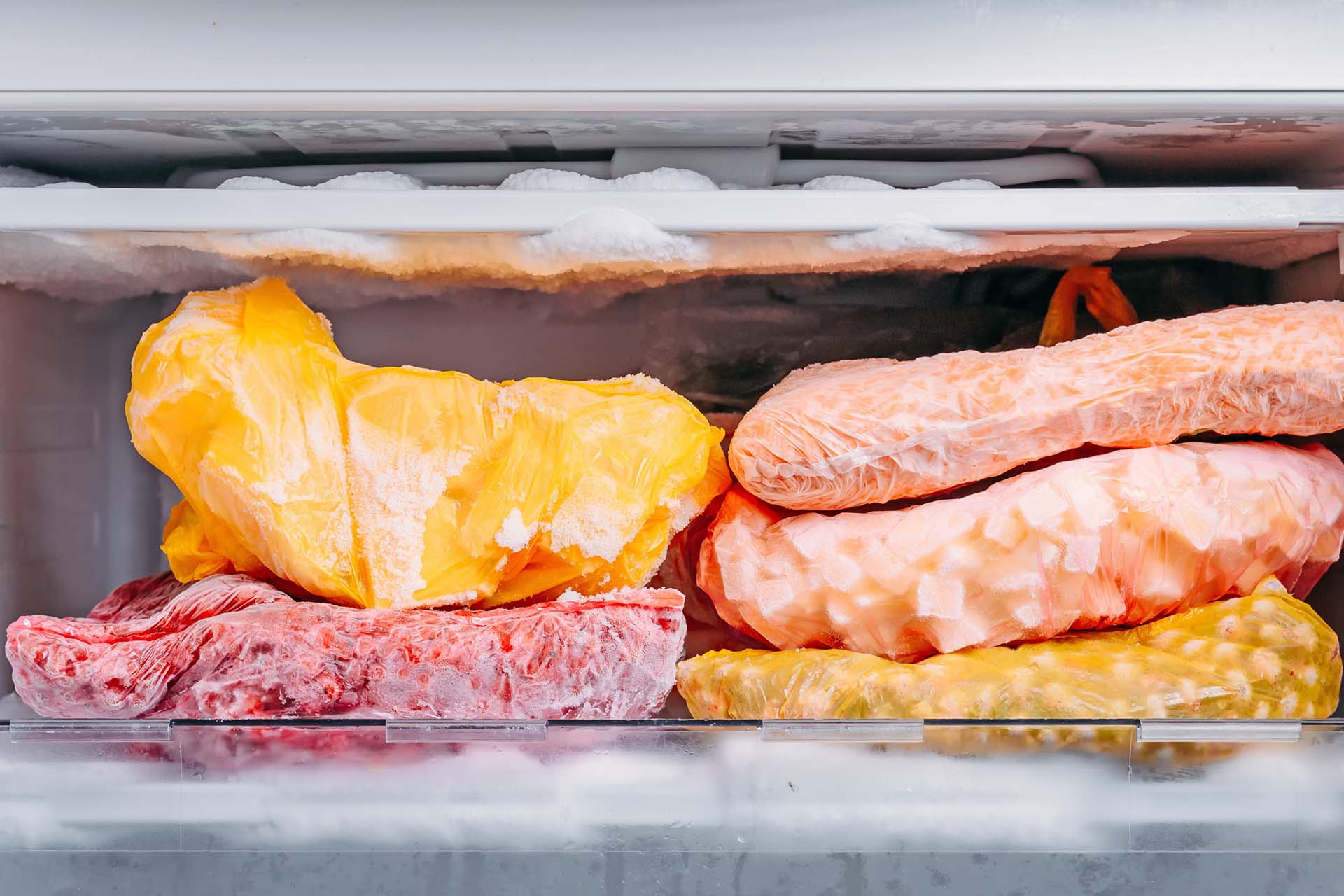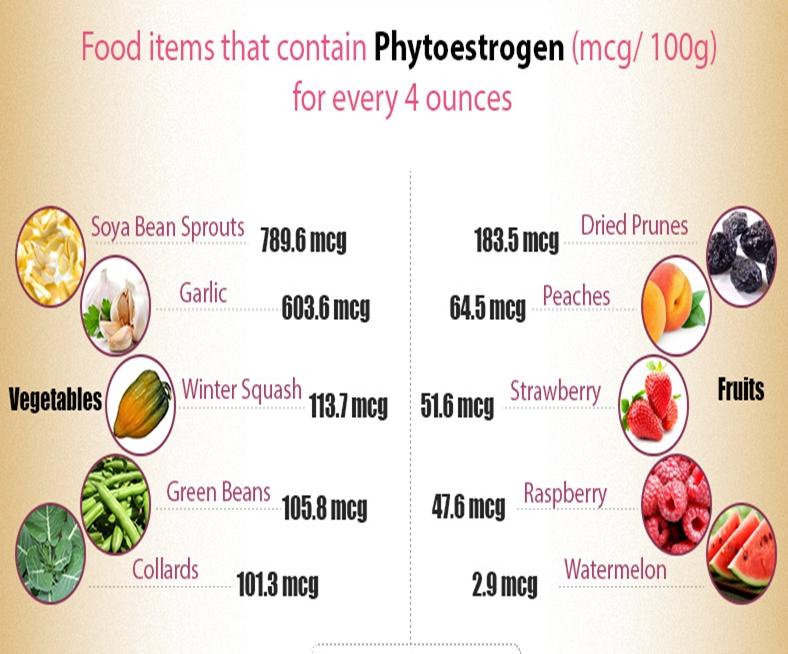Launching a food product involves careful planning, market research, and execution. Here’s a detailed guide to help you navigate the process:

Research and Development:

Identify a niche:
Study the market to identify gaps or underserved needs. Find a unique selling proposition (USP) that sets your product apart.Develop the product:
Create a prototype that meets your target audience’s needs and preferences. Consider factors like taste, texture, packaging, and nutritional value.Conduct market research:
Test your product with potential consumers to gather feedback and insights. Adjust your product based on their responses.
Regulatory Compliance:

Obtain necessary licenses and permits:
Research local, state, and federal regulations pertaining to food production and distribution. Obtain the necessary licenses and permits.Follow safety and hygiene standards:
Implement strict quality control measures to ensure your product meets safety and hygiene standards. Maintain proper documentation of all procedures.
Branding and Packaging:
Create a strong brand identity:
Develop a memorable brand name, logo, and tagline that resonates with your target audience. Ensure consistency across all marketing materials.Design product packaging:
Design packaging that both protects the product and attracts consumers. Consider using sustainable and eco-friendly materials.
Marketing and Distribution:
Develop a marketing strategy:
Create a comprehensive marketing plan outlining your target audience, key messages, distribution channels, and promotional activities.Choose distribution channels:
Determine whether you’ll sell directly to consumers, through retailers, or both. Build relationships with distributors and retailers to ensure widespread distribution.Launch your product:
Coordinate a product launch event or campaign to generate excitement and awareness. Offer promotions or discounts to attract initial customers.
Customer Feedback and Quality Control:
Monitor customer feedback:
Continuously gather customer feedback to identify areas for improvement. Respond promptly to complaints and take corrective action if needed.Maintain quality control:
Conduct regular quality checks to ensure your product consistently meets safety and quality standards. Be prepared to recall products if necessary.
Scaling Up Production:
Manage supply chain:
As demand grows, manage your supply chain effectively to ensure a steady supply of raw materials and ingredients.Expand production capacity:
If necessary, invest in new equipment or facilities to increase production capacity and meet the growing demand.
Continuous Innovation:
Monitor market trends:
Stay informed about changing consumer preferences and market trends. Adapt your product and marketing strategies accordingly.Reformulate or introduce new products:
Consider reformulating your existing product or introducing new products to maintain customer interest and stay competitive.
Launching a food product can be challenging, but with proper planning, research, and execution, you can increase your chances of success in the market.










